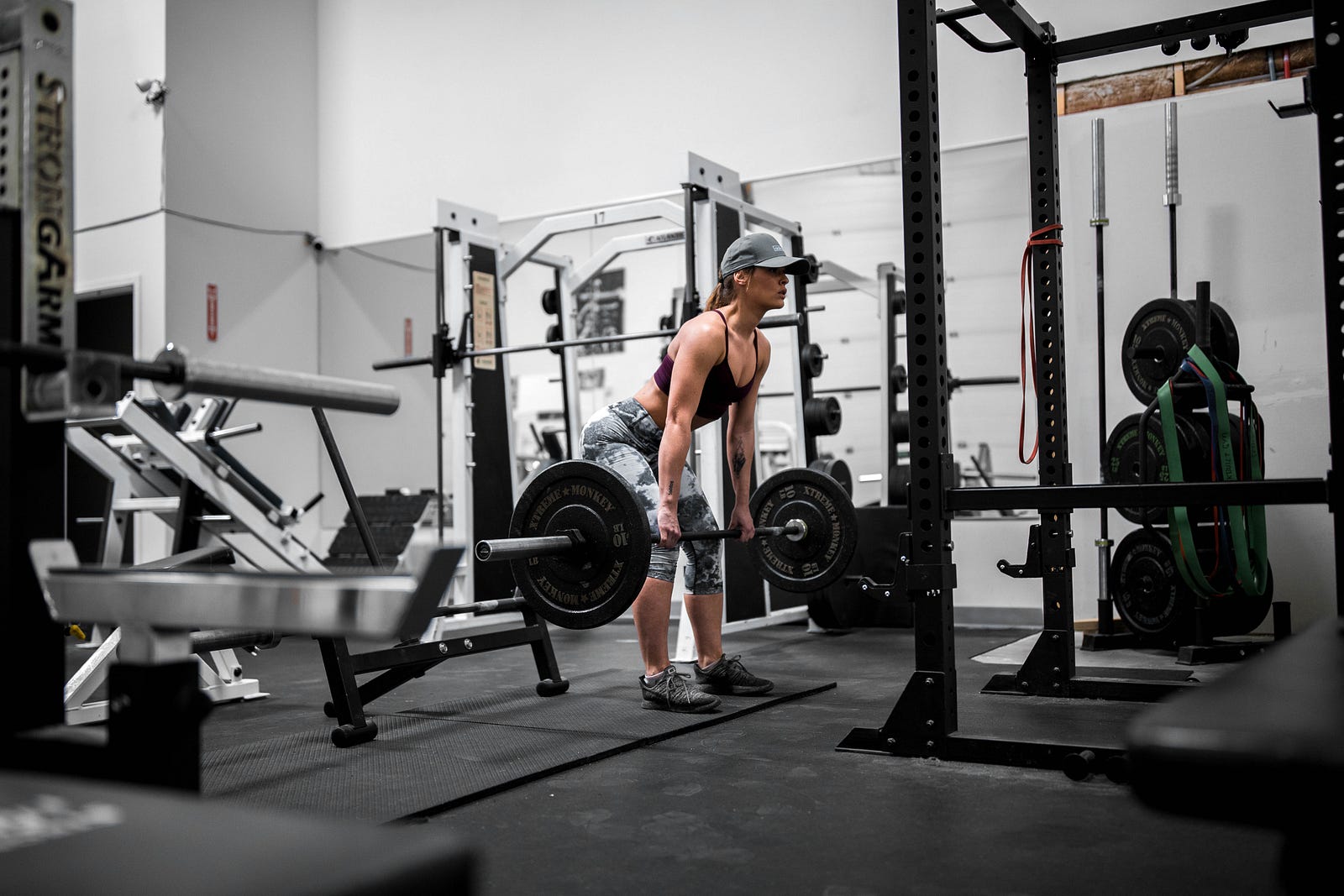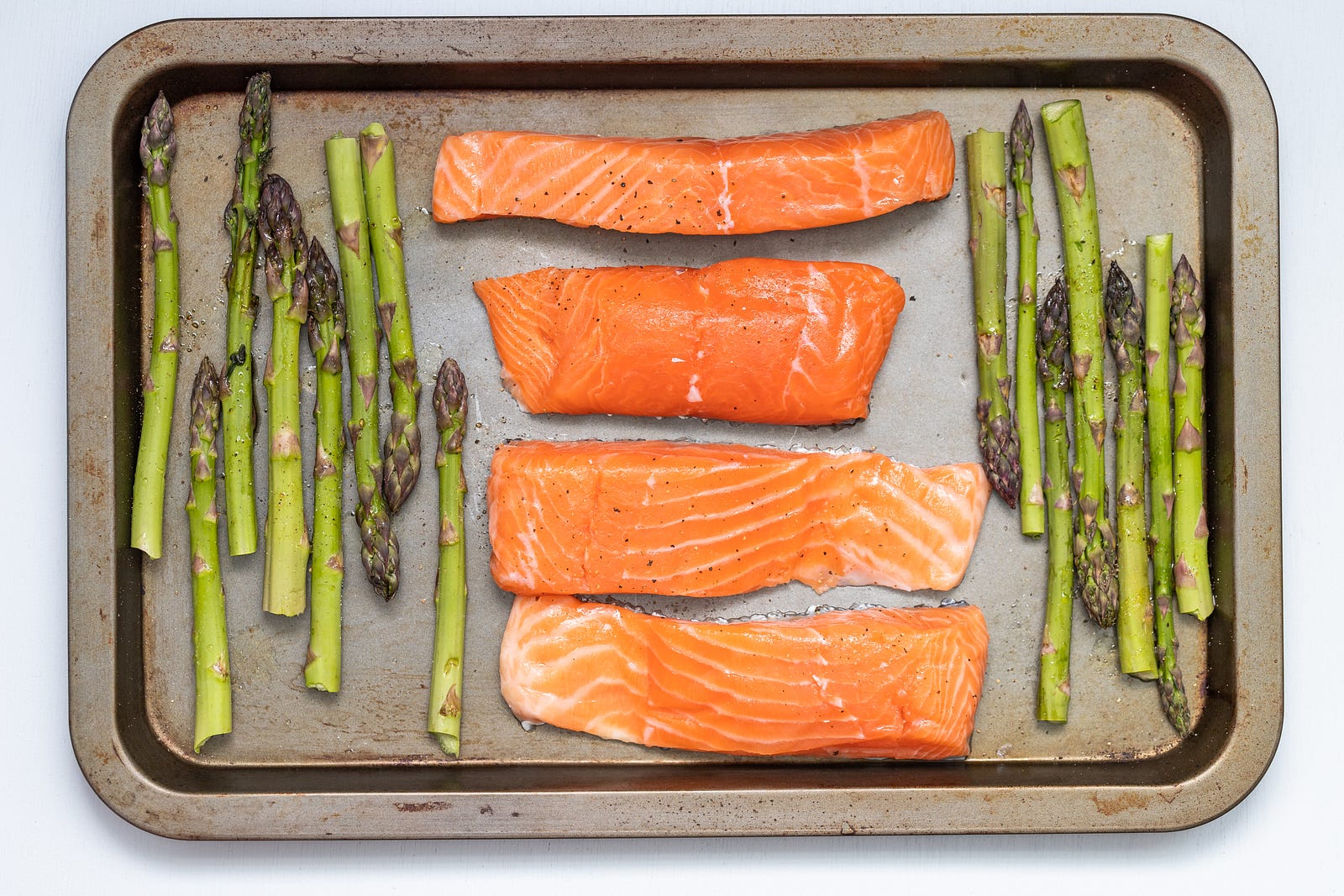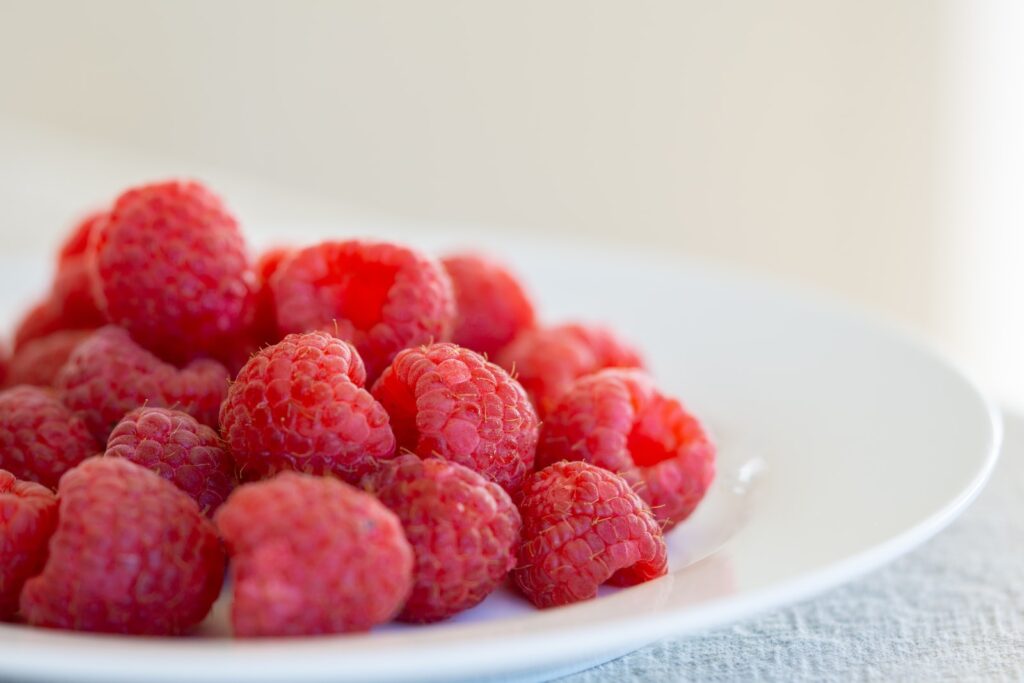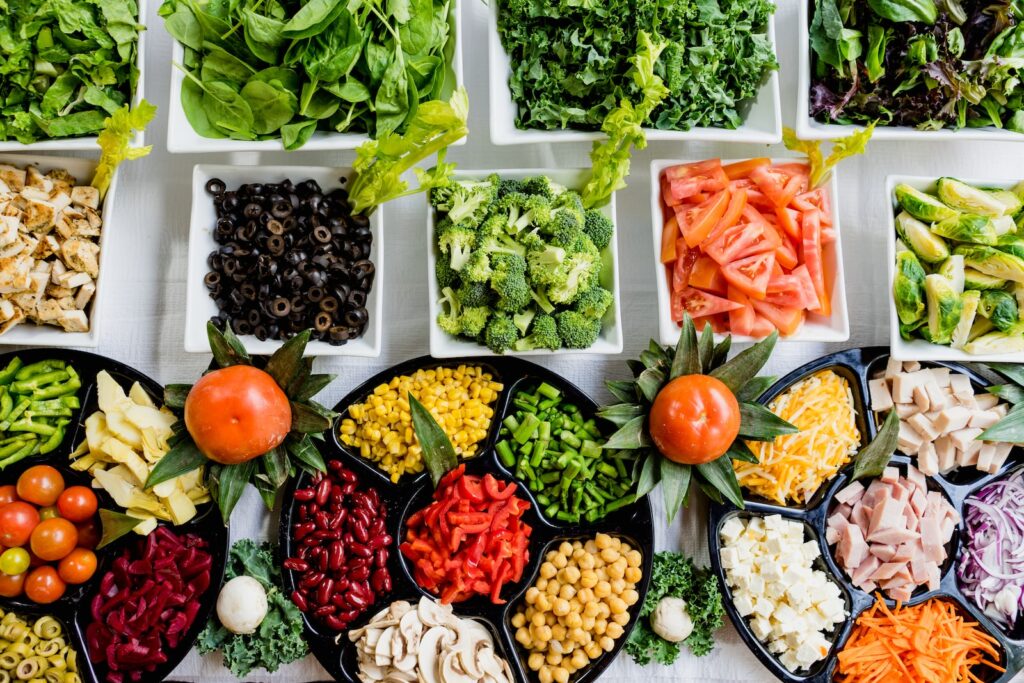After restricting my calories for months on end (without keto,) I lost a lot of muscle, and. my metabolism lowered so it could adjust to what I was eating.
To lose fat, I decreased my daily calories by 500.
However, since I lost muscle, my new baseline metabolism was around 500 – 1,000 calories lower than when I started.
If I ate what I used to eat, I’d gain fat when I was trying to lose weight.
This devastated me.
I ate less for so many months, just for it to damage my metabolism.
If you’re in a similar position and want to increase your metabolism, I can help.
What Is Your Metabolism?
Metabolism is a term that is often used in the weight loss industry. However, there are a lot of misconceptions about what it really is and how it works.
Basically, your metabolism is how many calories you burn per day.
This mostly depends on how big you are (muscle, height, and gender) and how much you move.
But, if you do a low-calorie diet, your metabolism will also lower so you can survive.
Here’s a calculator I used as a general direction for when I began eating healthily.
Once you know your metabolism, you have two options.
To lose fat, you can lower your calories and do a keto diet (to lower insulin.)
Or, if you want to gain muscle, you can increase your calories a little and focus on weight lifting or other forms of resistance training.
However, if you were in my situation, you would’ve drastically lowered your metabolism through a low-calorie, high-carb diet.
If you’re in that situation, don’t fear.
In this article, I’ll discuss the three things you should do to speed up your metabolism.

1.) Lift Weights
Weight lifting increases the hormone testosterone, which is excellent for several reasons.
It gives you a strong feeling of empowerment and boosts your metabolism, which can help with weight loss.
Strength training is not only about building muscles that can be seen from the outside.
It also helps your body make changes from the inside out.
It’s not just about looking good but feeling energetic too.
2.) Do HIIT
HIIT training is a form of exercise that alternates between short bursts of intense and lower-intensity activity.
This workout is quite different than the traditional long, slow cardio exercises that most people are used to.
It also burns more calories than low-intensity workouts in less time.
The general rule with HIIT is that the shorter your work bouts are, the more intense they need to be.
HIIT increases your heart rate and metabolism, helping you to stay fit without spending countless hours on the treadmill.
If you’re a beginner, I recommend doing HIIT with weight lifting supersets.
For example, you can do a set of dumbbell deadlifts until you can’t do them anymore, and then you switch to a set of dumbbell bench press until you can’t do that anymore either.
Then, repeat that cycle with no rest for around 30 minutes and reap the metabolic rewards.

3.) Eat Correctly
If you want to increase your metabolism and lose weight, you must increase your calories with a bulk.
I recommend following your expected TDEE so your body’s metabolism adjusts back to what it was doing before.
But, during that time and after, you must lift weights every day so you can gain muscle and improve your health.
And, once your metabolism adjusts to where it was before, increase your calories by around 20% so you can build muscle.
To do this, you need to count the calories you consume so you don’t undereat or overeat.
When I first started with calorie counting, I just looked at Google for the calories of the food I was eating.
But, once I learned how many calories were in the foods I was eating, I just kept track in my head, and it isn’t that hard now.
As long as you eat a low-carb diet with infrequent meals, your insulin will stay stable as you bulk, so you won’t gain nearly as much fat as someone who eats primarily carbs.
Other Ways to Increase Your Metabolism
These aren’t the only things, though. Here are some other methods to increase your metabolism:
- Eat more protein — A protein shake before a workout can be a great way to increase your metabolism. It can also help you with feeling full. Protein takes around 30% of its calories to digest, and it makes you more full, so it’s better than other foods, like carbs, that leave you hungry.
- Eat more fat — Eating fat can help you to feel fuller since it barely impacts your insulin. Eating fats won’t affect your metabolism, but it can help you with weight loss.
- Lift weights every day — Lifting weights can not only improve your health and appearance, but it can also speed up your metabolism.
- Exercise throughout your day — Small amounts of activity, like parking your car far away from the store, add up over time.
- Reduce carbs significantly to avoid insulin spikes — Since carbs can be one of the culprits in weight gain, eating a low carb, ketogenic diet can be great for losing weight.

Conclusion
In conclusion, a well-balanced approach to increasing your metabolism will be the best for weight loss and overall health.
Most people know that losing weight requires an energy deficit.
But, what they don’t know is how to achieve this desired result.
There are many ways to lose weight, but a great way would be with an increased metabolic rate.
This will allow your body to burn calories at a higher rate than what it used to.
You can increase your metabolic rate by:
- Lifting weights every day
- Doing HIIT cardio every day (preferably with supersets)
- Eating a healthy, low-carb diet
If you increase your metabolism, you will lose fat quicker compared to someone who is just dieting.
And, thankfully, you’ll be able to keep it off.
I hope this helped!
If you want to find out how I lost 40 pounds with a ketogenic diet and fasting, you can read my article here where I share everything I learned.
- Can You Still Lose Weight If You Aren’t in Ketosis? - February 8, 2023
- Can the Keto Diet Help With Depression? - February 8, 2023
- Why Does Processed Food Make You Fat? - January 2, 2023




